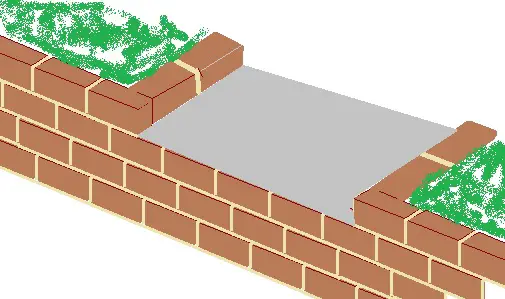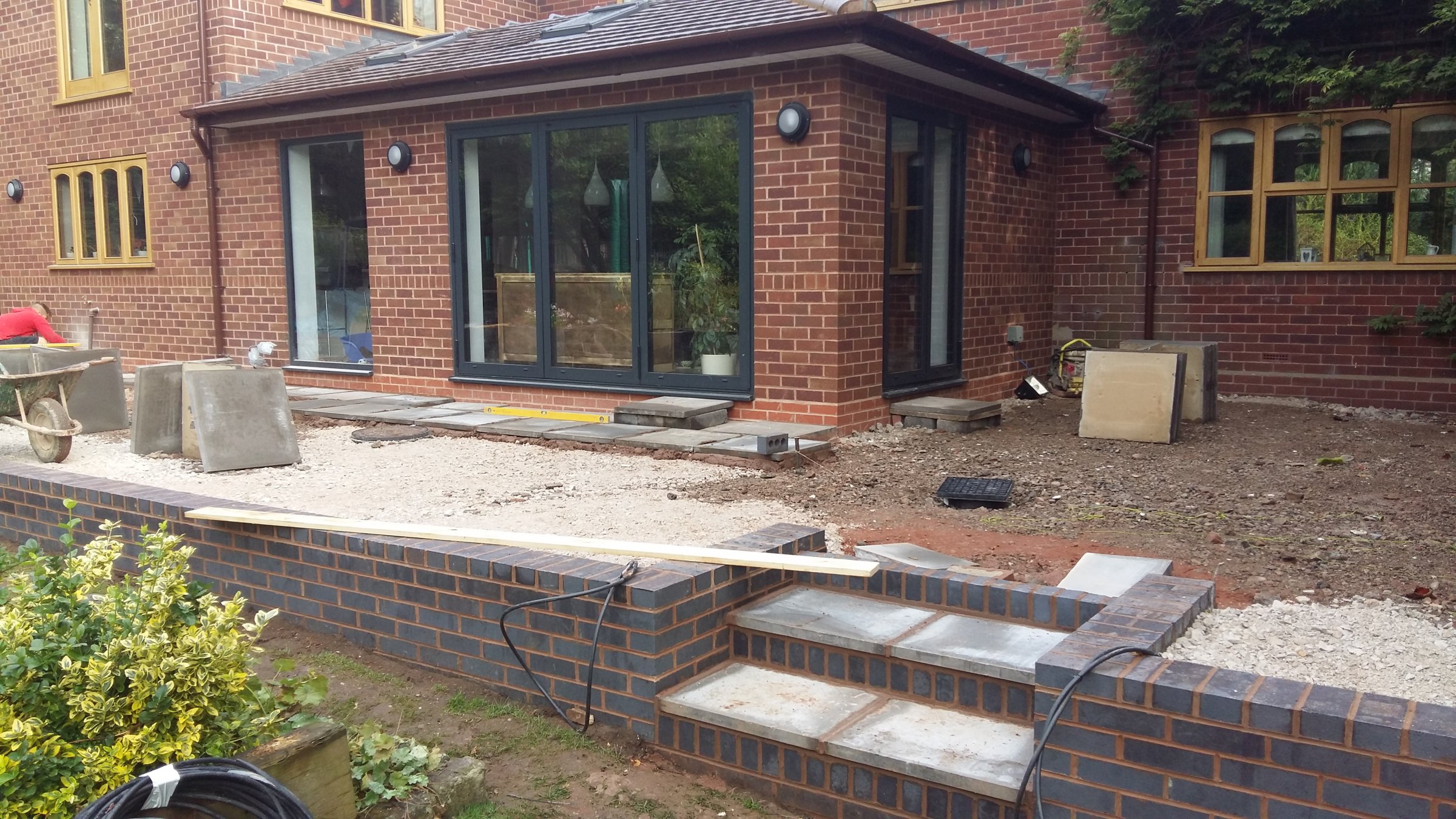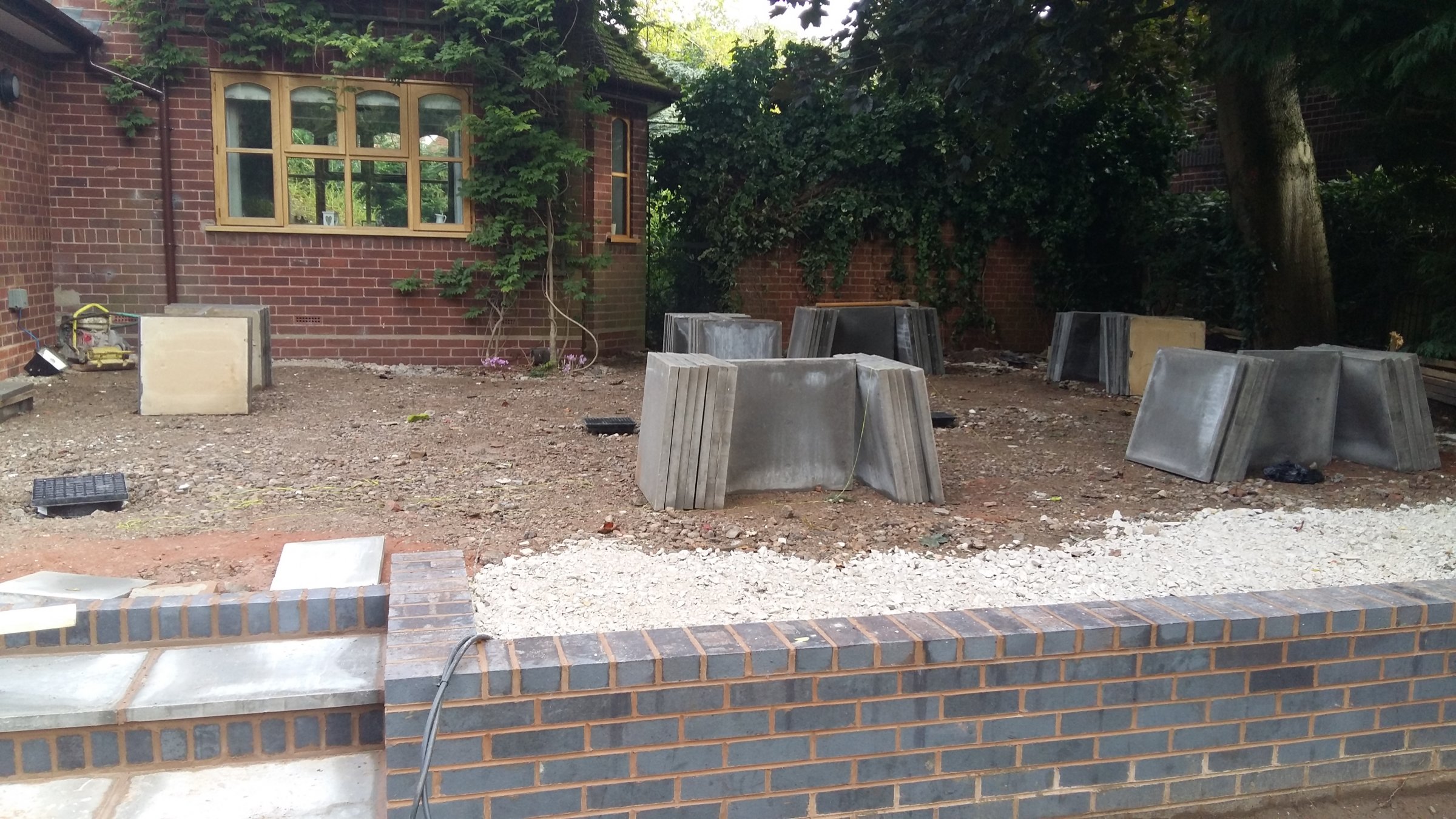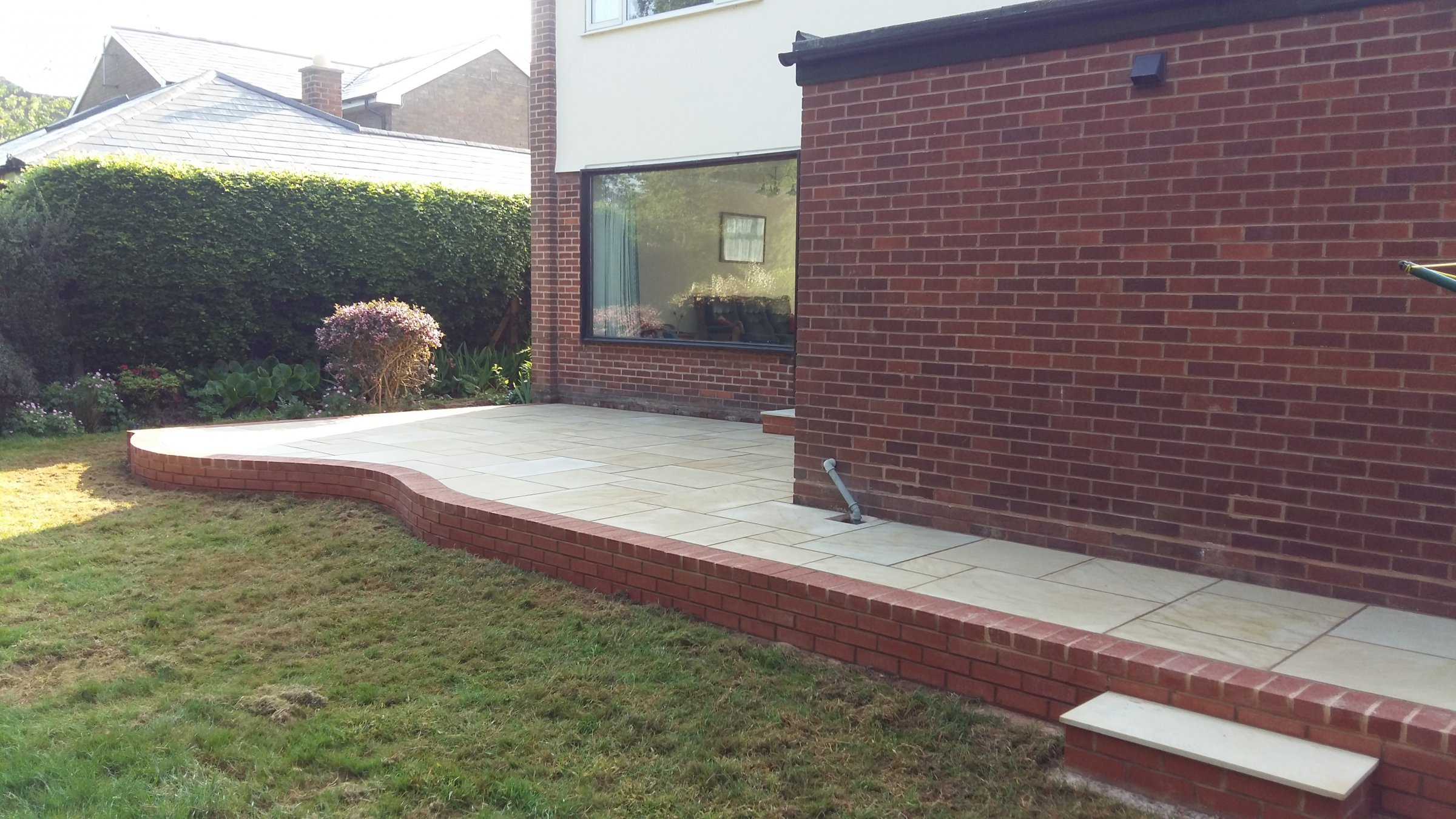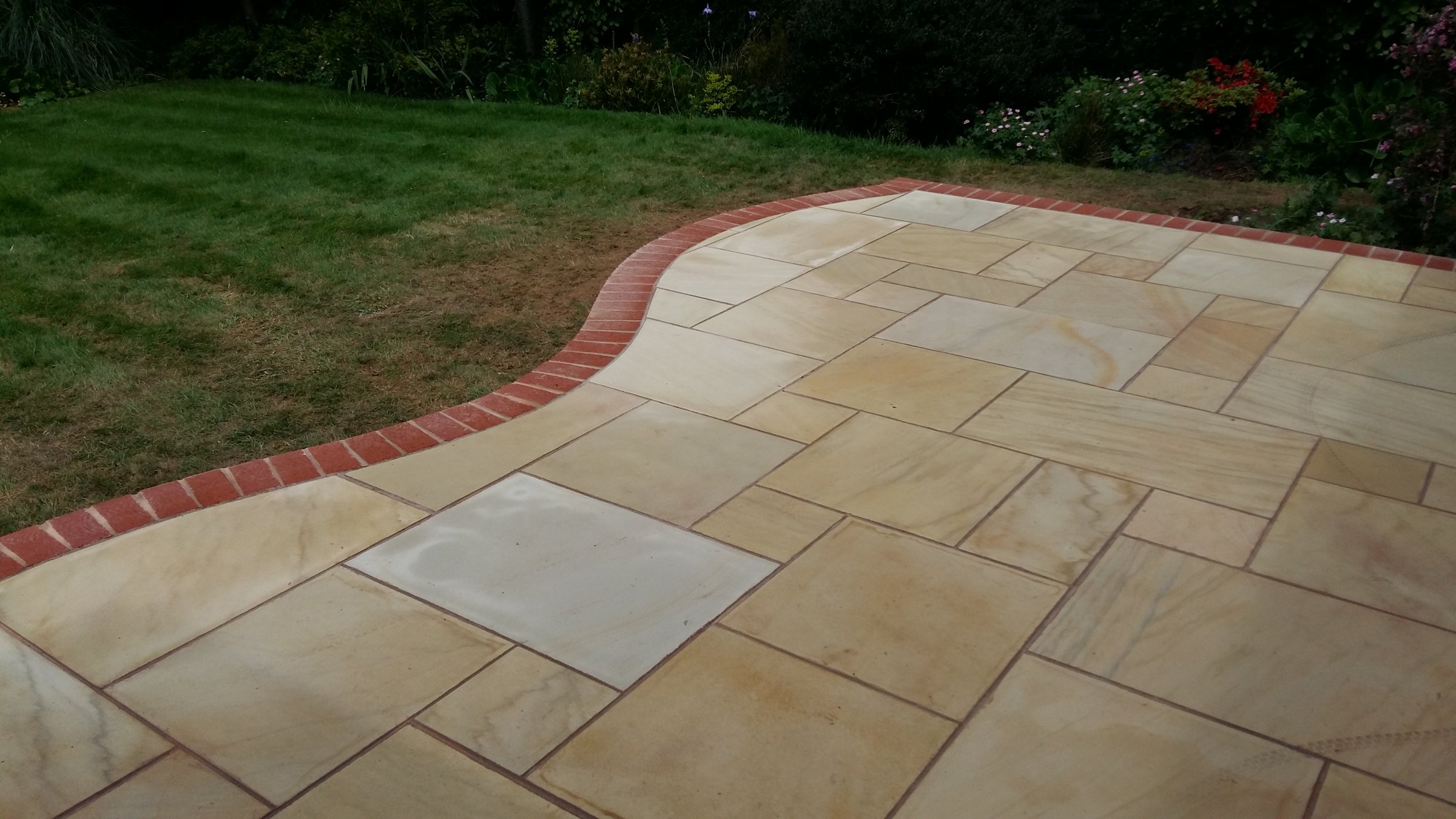Hi,
Either i'm googling the wrong thing or I shouldn't be doing a T-junction!
I'm building a little, single skin, 4 course wall. It will be the boundary between the patio and garden. In the middle of the wall I will have a step up to the garden. I want the wall to look something like this...
I'm trying to find a guide to how to lay this kind of wall. I hope this makes sense... I don't want to have a joint that is 2 courses high so I'm thinking the "leg of the T" should sit in the middle of the brick below then use 2/3 bricks either side. That right or should I effectively be building 2 separate mini walls attached to the main wall with ties?
Either i'm googling the wrong thing or I shouldn't be doing a T-junction!
I'm building a little, single skin, 4 course wall. It will be the boundary between the patio and garden. In the middle of the wall I will have a step up to the garden. I want the wall to look something like this...
I'm trying to find a guide to how to lay this kind of wall. I hope this makes sense... I don't want to have a joint that is 2 courses high so I'm thinking the "leg of the T" should sit in the middle of the brick below then use 2/3 bricks either side. That right or should I effectively be building 2 separate mini walls attached to the main wall with ties?


